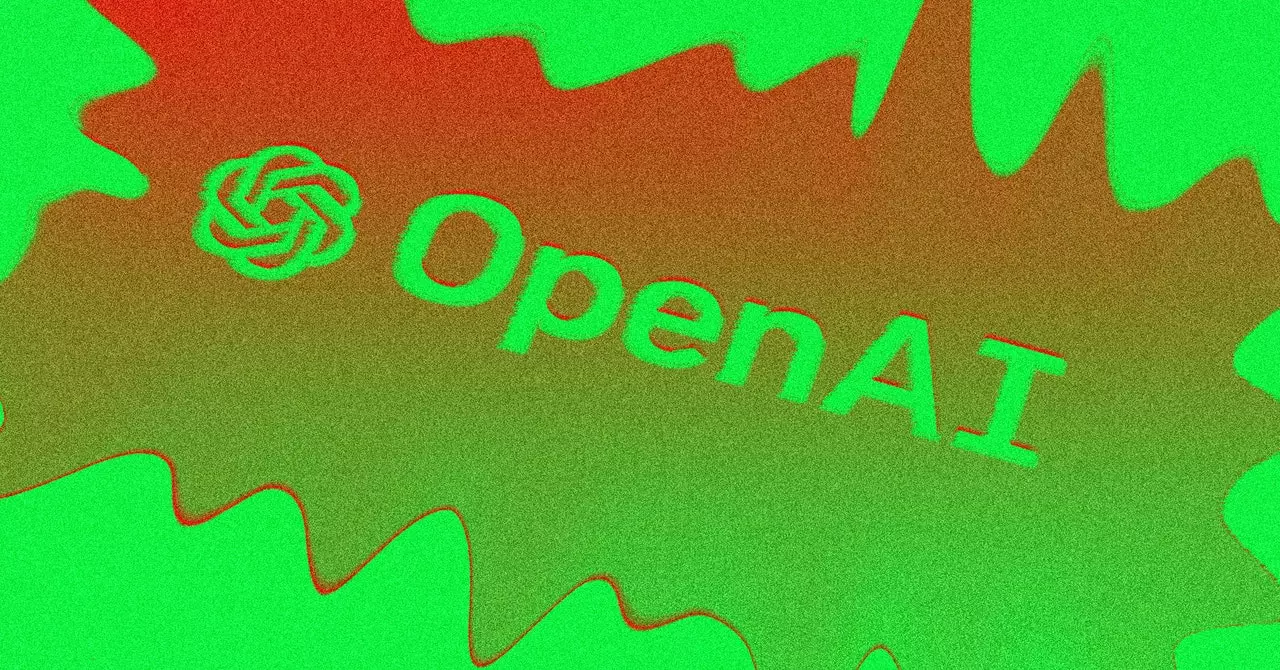In the ever-evolving landscape of artificial intelligence (AI), OpenAI is taking significant steps to keep pace with the burgeoning competition from innovative players in the sector. One of the most exciting developments is the imminent release of a new model, o3-mini, which aims to encapsulate superior efficiency and accessibility. Set to debut on January 31, this model is a direct response to the rising interest in competitive offerings, particularly from the Chinese startup DeepSeek, which has garnered significant attention with its own releases. OpenAI’s o3-mini not only highlights the firm’s commitment to advancing AI capabilities but also reflects the urgent need to balance cost and performance in the face of emerging alternatives.
OpenAI has accurately positioned o3-mini as a streamlined, yet powerful version of its comprehensive neural network models. This model embraces the most sophisticated reasoning capabilities, geared towards solving complex problems by deconstructing them into simpler components. In its announcement, OpenAI emphasized that o3-mini exemplifies a monumental leap in the potential for smaller models, marking a turning point in what users might expect from compact AI solutions. Access to this model will cater specifically to Plus, Team, and Pro subscriptions of ChatGPT, while also allowing free-tier users limited engagement. This tiered access strategy signifies an intent to democratize advanced AI functionalities, encouraging broader interaction and exploration.
Behind the curtain, OpenAI has engaged a robust pipeline of talent to facilitate the training of o3-mini, particularly PhD candidates specializing in computer science and related fields. Reports suggest that these researchers have been actively collaborating on intricate issues relevant to model training. Notably, OpenAI has employed an external contractor, Mercor, to identify candidates who can contribute to devising challenging scientific coding problems, reminiscent of benchmark tests such as SciCode. This strategic recruitment approach indicates an overarching goal of refining the model’s capabilities specifically in scientific applications, thereby enhancing its utility in real-world scenarios.
The financial implications of o3-mini’s release resonate sharply across the tech industry, particularly with its timing juxtaposed against the backdrop of DeepSeek’s R1 model. The latter’s introduction marks a pivotal moment as it raises pertinent challenges for established giants like Google and Anthropic. OpenAI’s venture into offering unprecedented functionalities at a competitive rate has the potential to disrupt existing price frameworks, forcing competitors to recalibrate their value propositions. Importantly, this shift toward efficiency could herald a transformation in how AI services are monetized, pushing the industry toward more accessible options while maintaining high-quality performance.
DeepSeek’s R1 has reportedly employed innovative methodologies to achieve efficient training and operational capabilities with relatively lower resource demands. This development has prompted OpenAI to reflect on its approach, as efficiency emerges as a central theme in future AI model training and deployment. OpenAI tacitly acknowledges that while pricing alone cannot encapsulate the value of its products, the blend of cost-effectiveness and technical prowess will define the competitive edge of models like o3-mini. Additionally, there are highlights of new features in o3-mini, including advanced math and coding capabilities, enhanced web interaction, and varied reasoning levels that allow users to optimize for speed or complexity.
As these advancements unfold, they carry significant geopolitical ramifications, particularly concerning China’s role in AI innovation. The US government has implemented sanctions aimed at restricting access to advanced Nvidia chips for Chinese enterprises, in an effort to preserve a competitive edge in the technology race. However, DeepSeek’s rapid growth within this landscape raises questions about the efficacy of these restrictions. It has been noted that despite the sanctions, DeepSeek was able to develop sophisticated models that contribute to the global AI dialogue, challenging the narrative of US dominance in this field.
OpenAI’s upcoming release of o3-mini is emblematic of a new era in AI, where efficiency and user access are set to redefine industry standards. As the competition intensifies, particularly with inspiring ventures like DeepSeek, the landscape will likely evolve to focus more heavily on both quality and cost-effectiveness. For users and developers alike, the introduction of o3-mini presages a future where advanced AI capabilities are not only accessible but also optimized for a diverse array of applications. As the narrative of artificial intelligence unfolds, OpenAI is not merely responding to the competition but actively shaping the trajectory of AI development with models designed for real-world impact.

